12 GPTs for Design to Code Powered by AI for Free of 2025
AI GPTs for Design to Code are advanced artificial intelligence tools specifically developed to bridge the gap between visual design and software development. These tools use Generative Pre-trained Transformers (GPTs) to convert design elements into executable code, making them invaluable for creating web pages, applications, and other digital products. They interpret graphical interfaces, layouts, and user experience designs, translating them directly into functional code. This technology plays a crucial role in streamlining the development process, fostering a seamless transition from concept to implementation and enabling a more integrated approach to design and coding tasks.
Top 10 GPTs for Design to Code are: Screenshot To Code GPT,Image to HTML & Tailwind CSS website,Photo 2 Code Plus,Screenshot to Tailwind GPT,Codia AI: Screenshot to Code on GPT,Code Craftsman,Screenshot to Code GPT,Frontend Mentor,Code Artist,FigmaDesign Coder
Screenshot To Code GPT
Transform designs into code effortlessly.
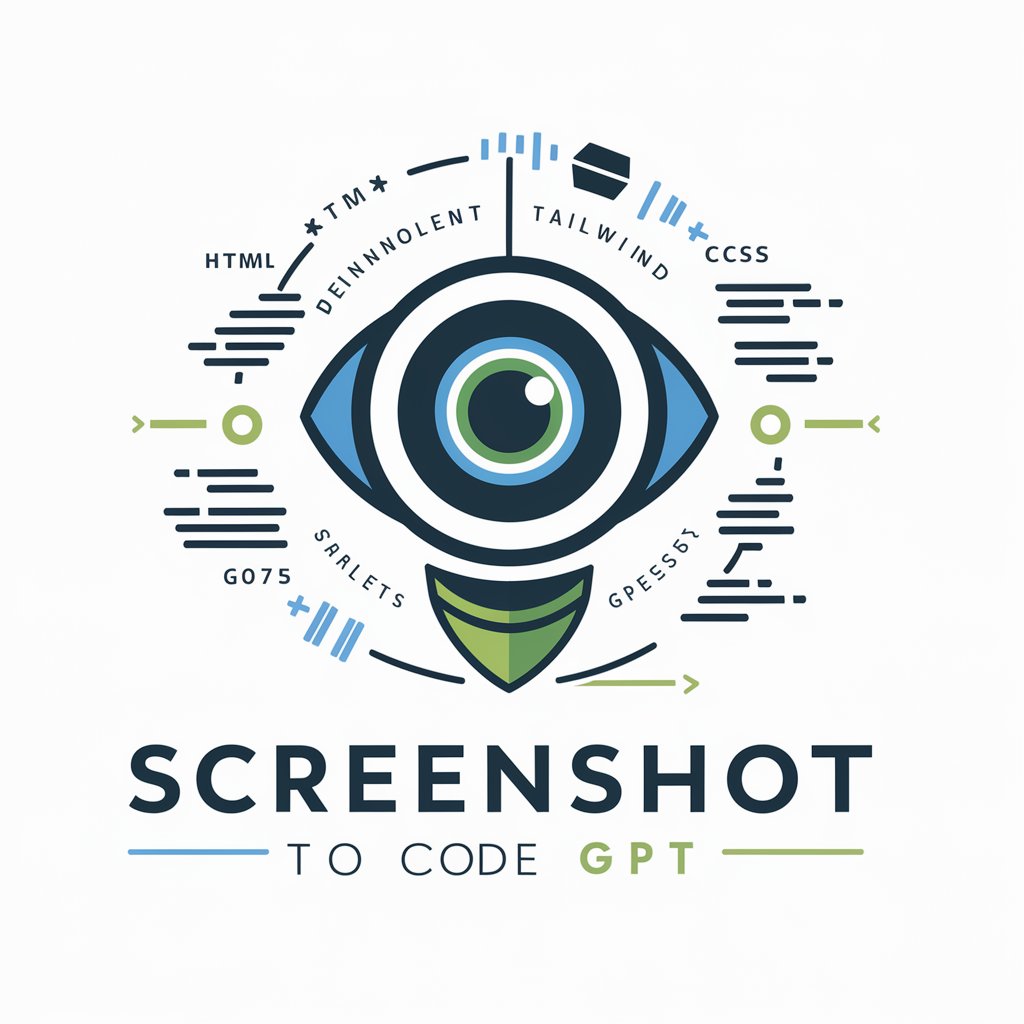
Image to HTML & Tailwind CSS website
Transforming designs into code, effortlessly.
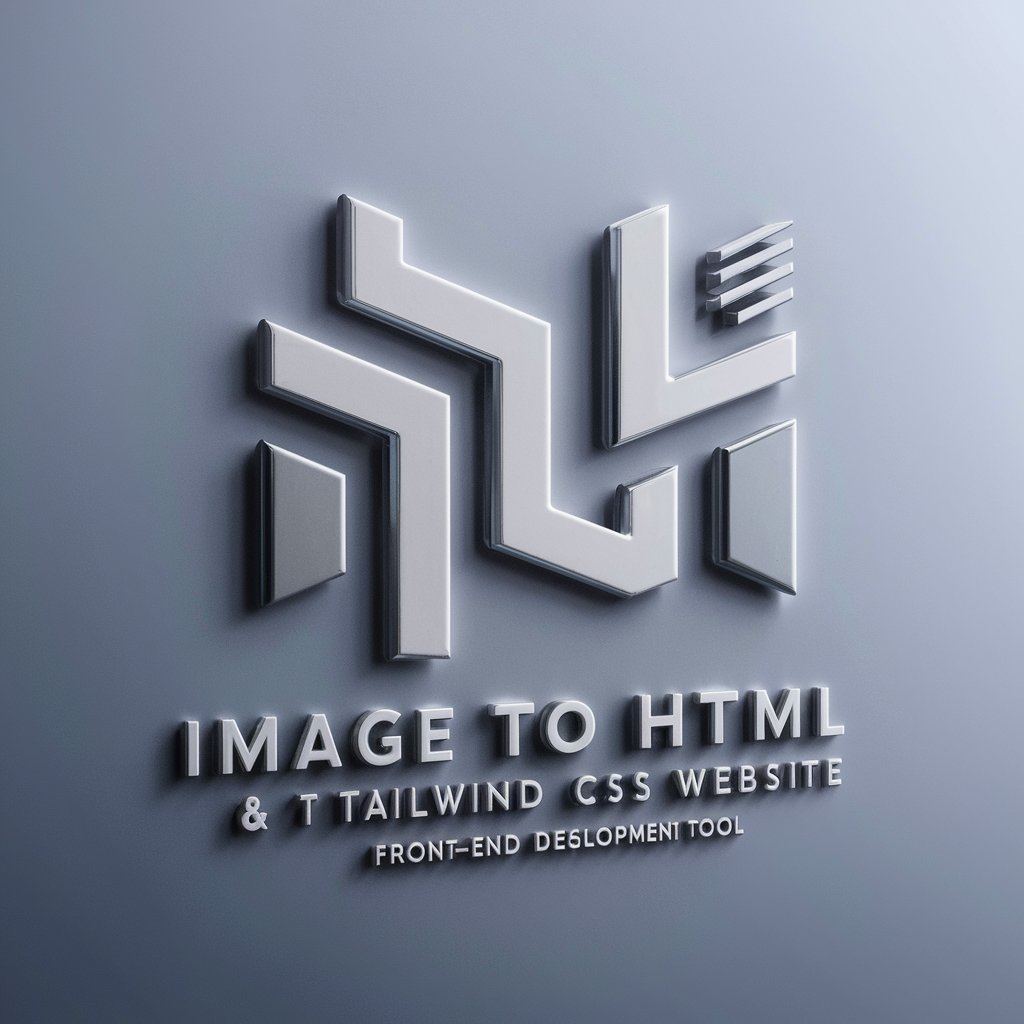
Photo 2 Code Plus
Transforming Designs into Code with AI

Screenshot to Tailwind GPT
Transform Designs into Code Seamlessly

Codia AI: Screenshot to Code on GPT
Transforming screenshots into code, effortlessly.
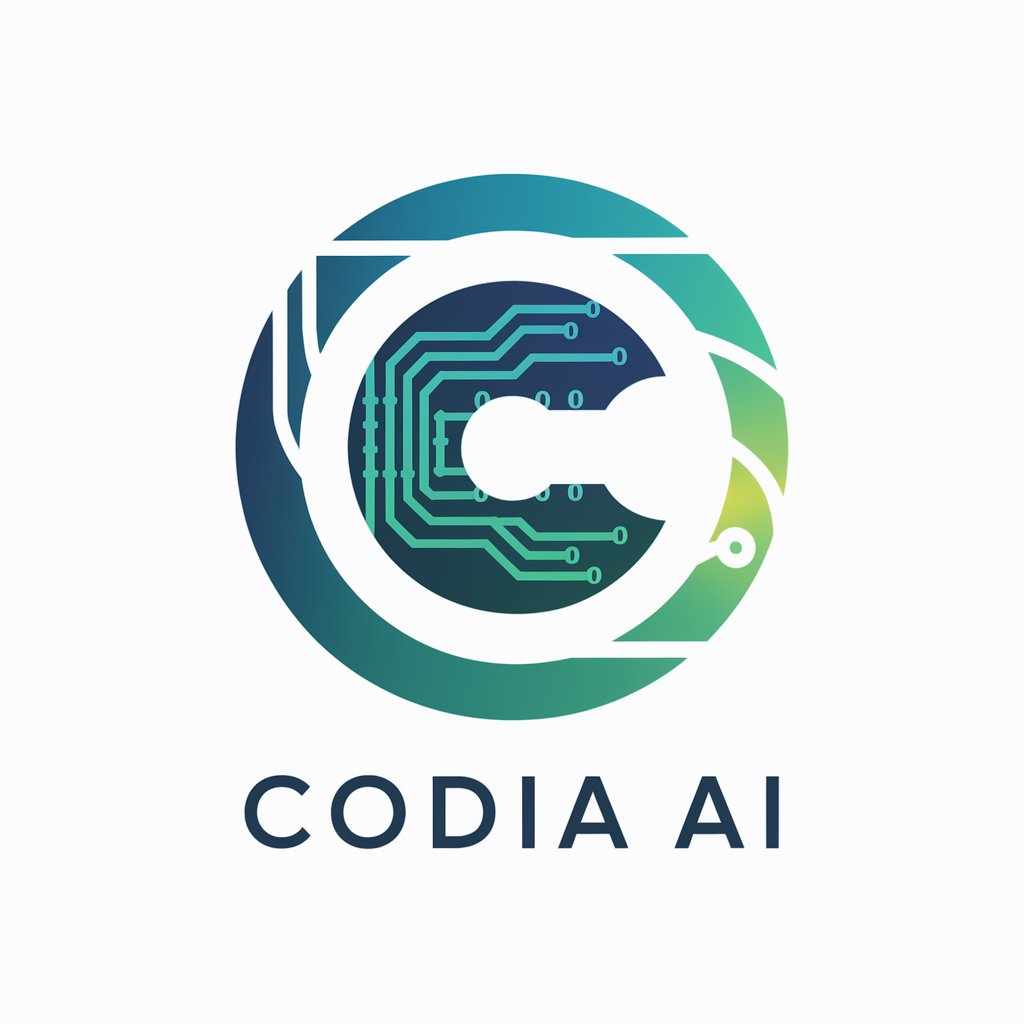
Code Craftsman
Transforming Designs into Code, AI-Powered
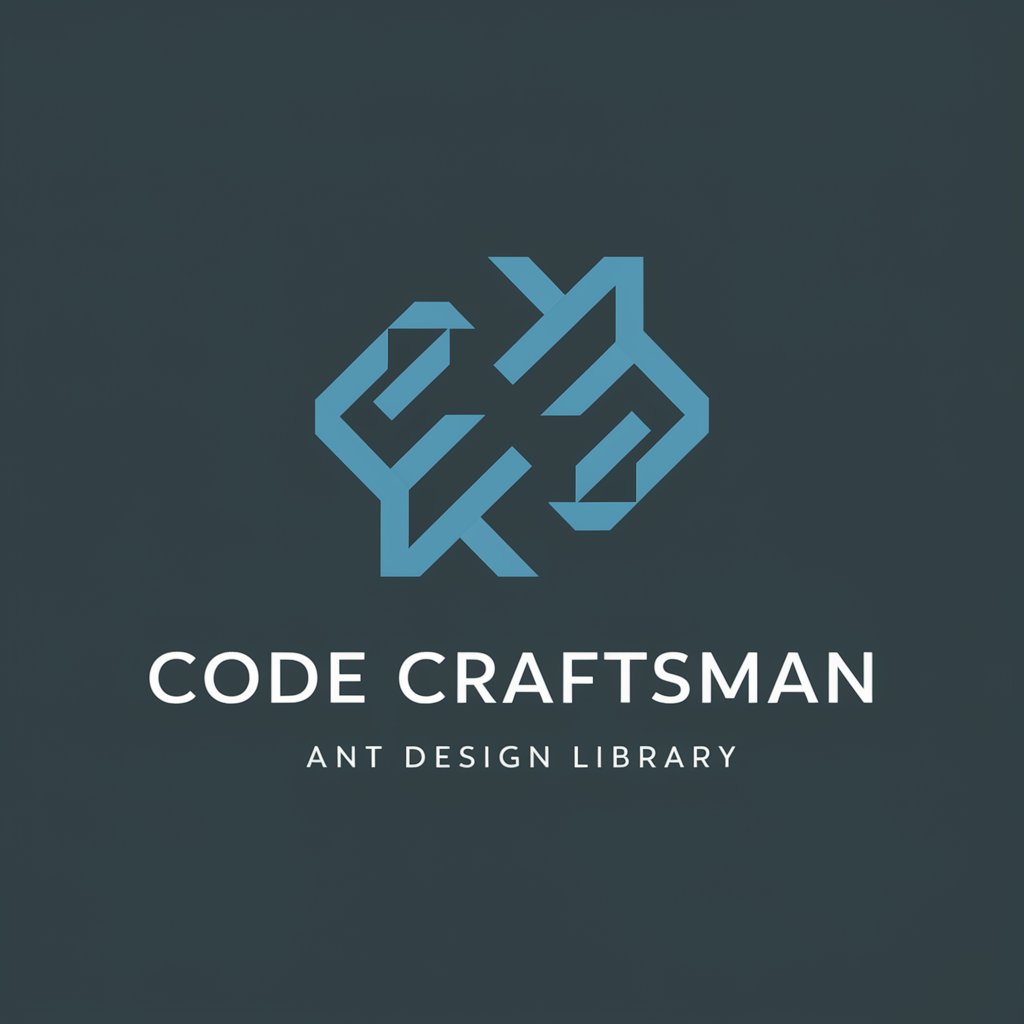
Screenshot to Code GPT
Turning designs into code, effortlessly.

Frontend Mentor
Build. Learn. Grow. With AI-powered project challenges.
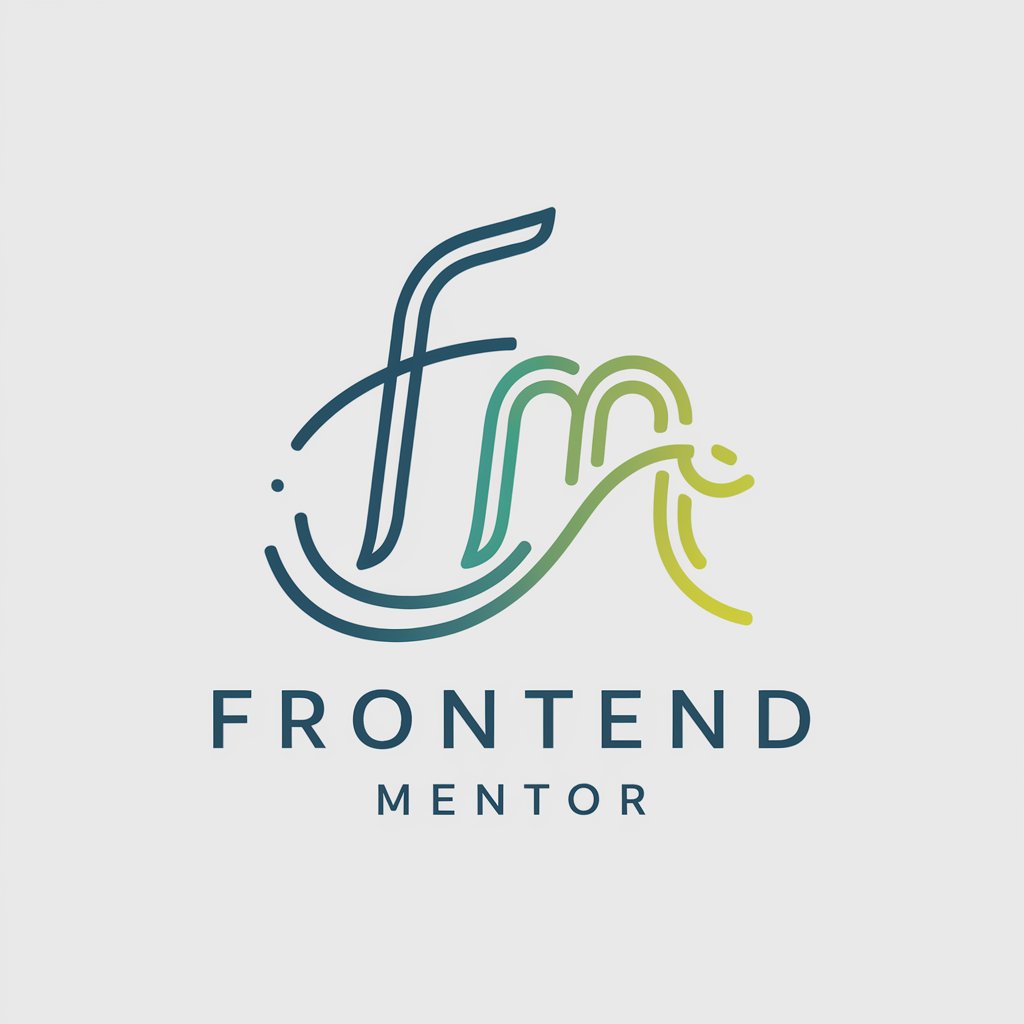
Code Artist
Transforming Designs into Code, Effortlessly
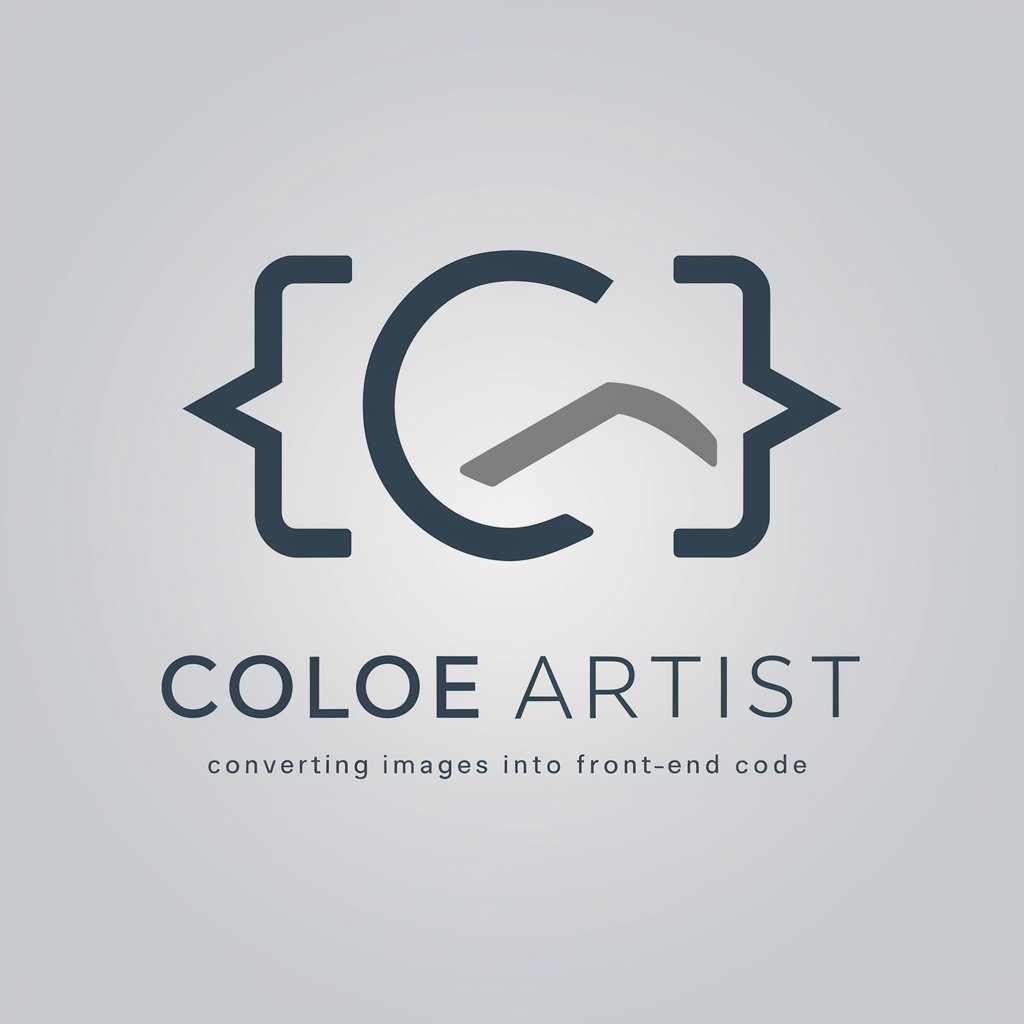
FigmaDesign Coder
Transforming Designs into Code Seamlessly
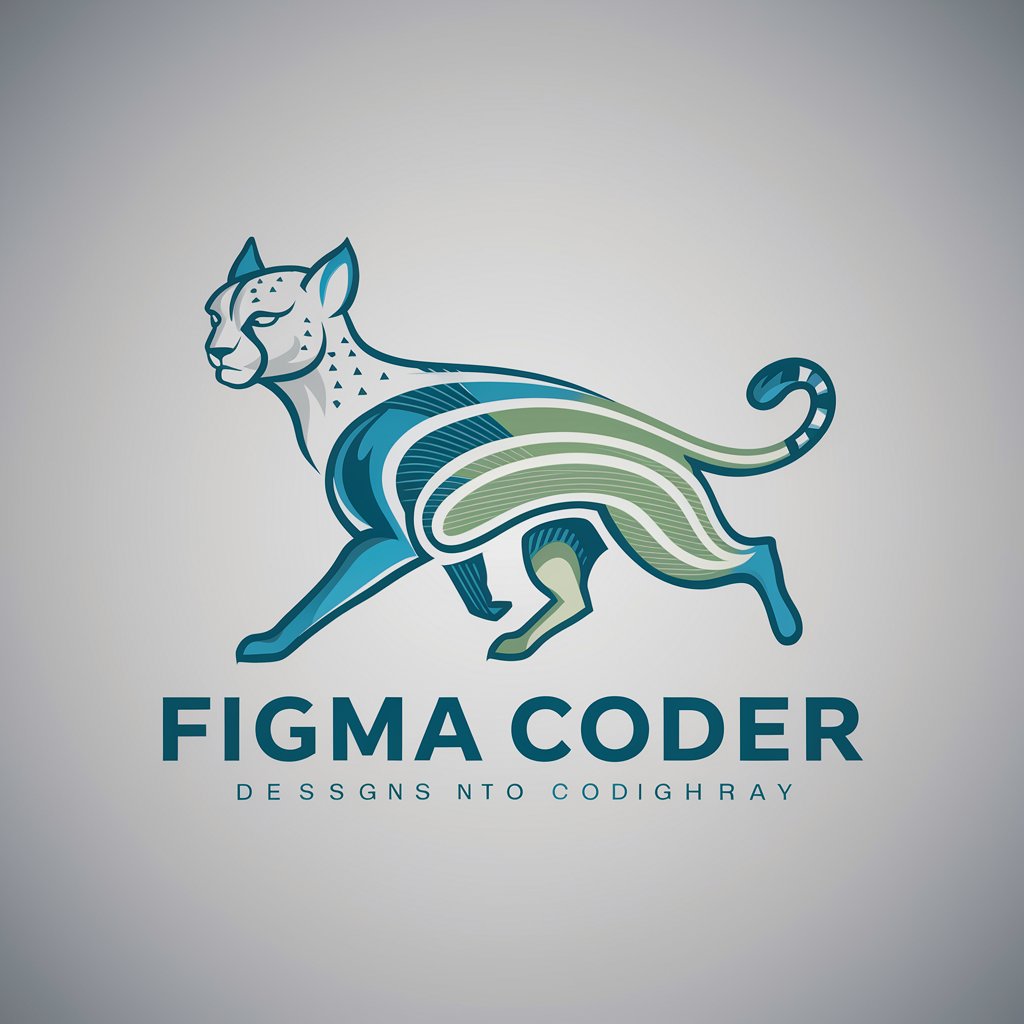
React Generator
Transform designs into React code effortlessly.
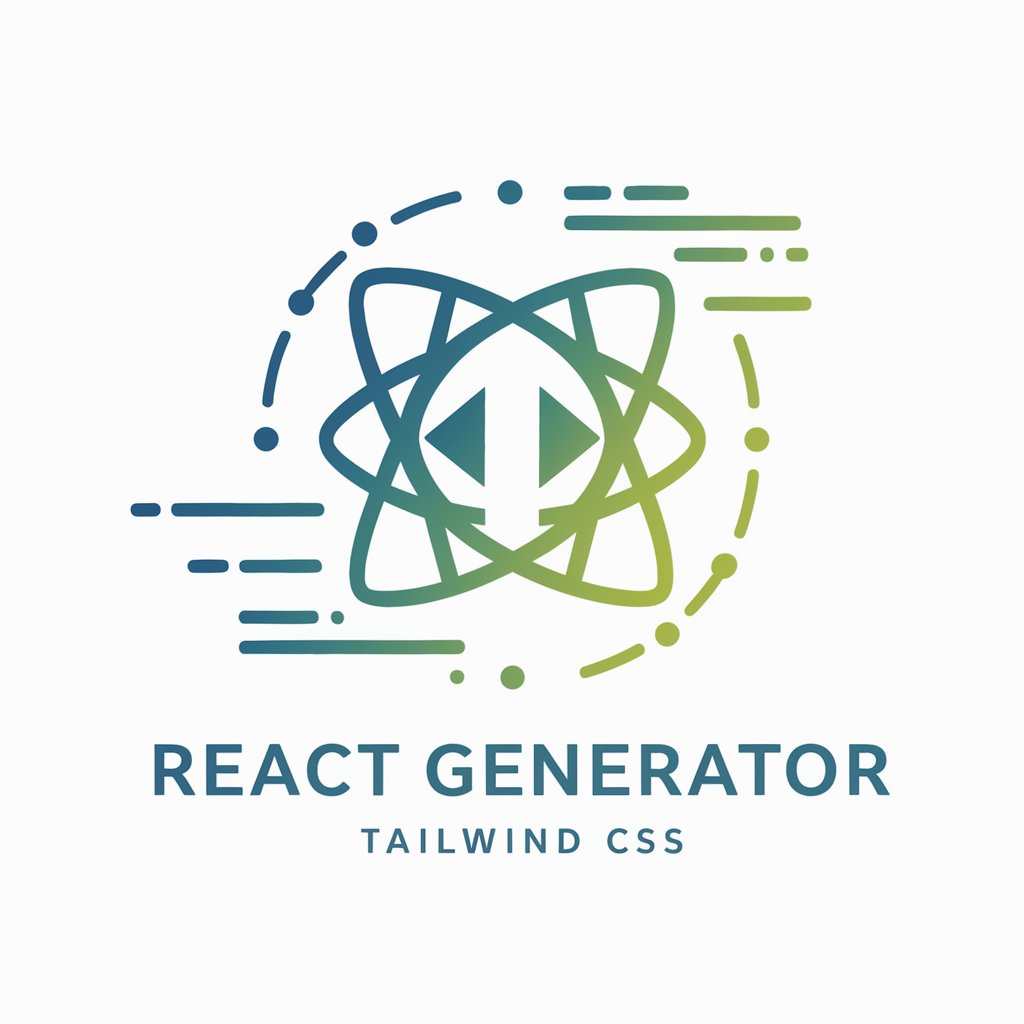
React Renderer
Turn designs into React code instantly

Key Attributes and Capabilities
AI GPTs for Design to Code boast several unique features, including the ability to learn from design patterns and translate them into code, support for multiple programming languages, and adaptability across various design-to-code tasks. They offer technical support and web searching capabilities to find the best coding practices, alongside image creation and data analysis tools for enhanced development processes. Their versatility allows for customization, ranging from simple web page layouts to complex application interfaces, making these GPTs essential tools for modern development workflows.
Who Benefits from Design to Code GPTs?
The primary beneficiaries of AI GPTs for Design to Code include both novices and experienced developers in the tech industry. These tools are particularly advantageous for designers with limited coding skills, enabling them to bring their visual ideas to life without extensive programming knowledge. Simultaneously, they offer advanced customization options for seasoned programmers, facilitating a more efficient and streamlined development process. Thus, these AI tools cater to a wide range of users, from individuals learning to code to professional developers looking for ways to accelerate their projects.
Try Our other AI GPTs tools for Free
Science Enthusiasts
Unlock the world of science with AI GPTs for Science Enthusiasts. Explore, learn, and innovate with tailored tools designed to bring scientific knowledge to your fingertips.
Financial Trendsetting
Discover how AI GPTs are revolutionizing financial trendsetting with advanced data analysis and predictive insights. Tailored for various financial applications, they offer strategic advantages for market analysis and investment.
电路设计优化
Explore AI GPTs for Circuit Design Optimization: Streamlining electronic circuit design through AI-driven analysis, optimization, and innovation. Tailored for designers at all levels.
代码效率分析
Explore AI GPTs for code efficiency analysis: cutting-edge tools designed to optimize your coding workflow, enhance software performance, and streamline development projects.
系统架构评估
Explore AI GPT tools for system architecture assessment, offering customized solutions for optimizing your system's efficiency and performance.
故障排除指导
Explore AI GPTs for 故障排除指导, cutting-edge tools designed to streamline troubleshooting with tailored solutions. Ideal for novices and professionals alike.
Further Perspectives on Design to Code Transformation
AI GPTs for Design to Code not only streamline the development process but also encourage a more collaborative and integrated approach between designers and developers. With user-friendly interfaces, these tools are making coding more accessible, democratizing the ability to create digital products. Their integration capabilities mean they can easily fit into existing systems, offering flexible solutions tailored to the needs of various sectors within the tech industry.
Frequently Asked Questions
What exactly are AI GPTs for Design to Code?
AI GPTs for Design to Code are AI-powered tools that automate the conversion of visual designs into functional code, utilizing advanced algorithms to interpret and translate design elements directly into programming languages.
Can these tools handle different programming languages?
Yes, many AI GPTs for Design to Code support multiple programming languages, allowing for versatile application across different development environments and platforms.
Are there customization options available?
Absolutely. These tools often provide various customization options to cater to both beginners and experienced programmers, enabling adjustments to the generated code to fit specific requirements.
Do I need coding skills to use these tools?
Not necessarily. While having a basic understanding of coding principles can enhance your use of these tools, many are designed with user-friendly interfaces that guide users through the process of converting designs to code without extensive programming knowledge.
How do AI GPTs for Design to Code improve the development process?
By automating the conversion of design to code, these tools significantly reduce development time, minimize errors, and foster a closer collaboration between designers and developers, streamlining the entire production cycle.
Can these tools integrate with existing design and development workflows?
Yes, many AI GPTs for Design to Code are designed to seamlessly integrate with existing tools and workflows, enhancing productivity without disrupting current processes.
What types of projects are most suitable for these AI GPTs?
These tools are versatile and can be used for a wide range of projects, from simple website designs to complex application interfaces, making them suitable for various digital product developments.
Are there any limitations to using AI GPTs for Design to Code?
While highly efficient, these tools may sometimes require manual adjustments to the generated code for specific customizations or complex functionalities, highlighting the importance of a basic understanding of programming concepts.